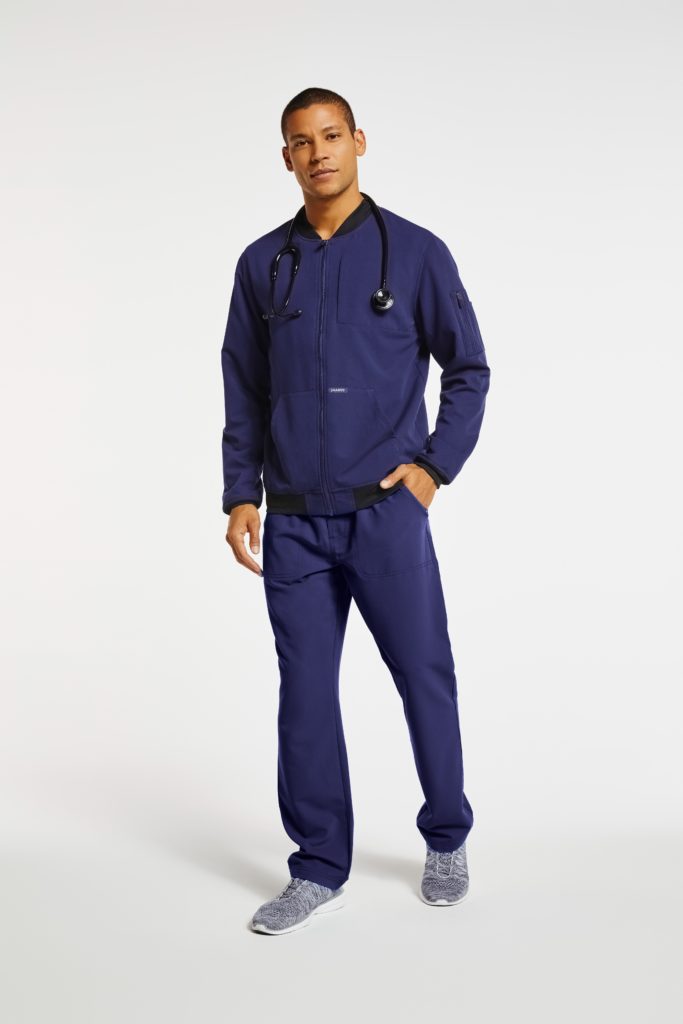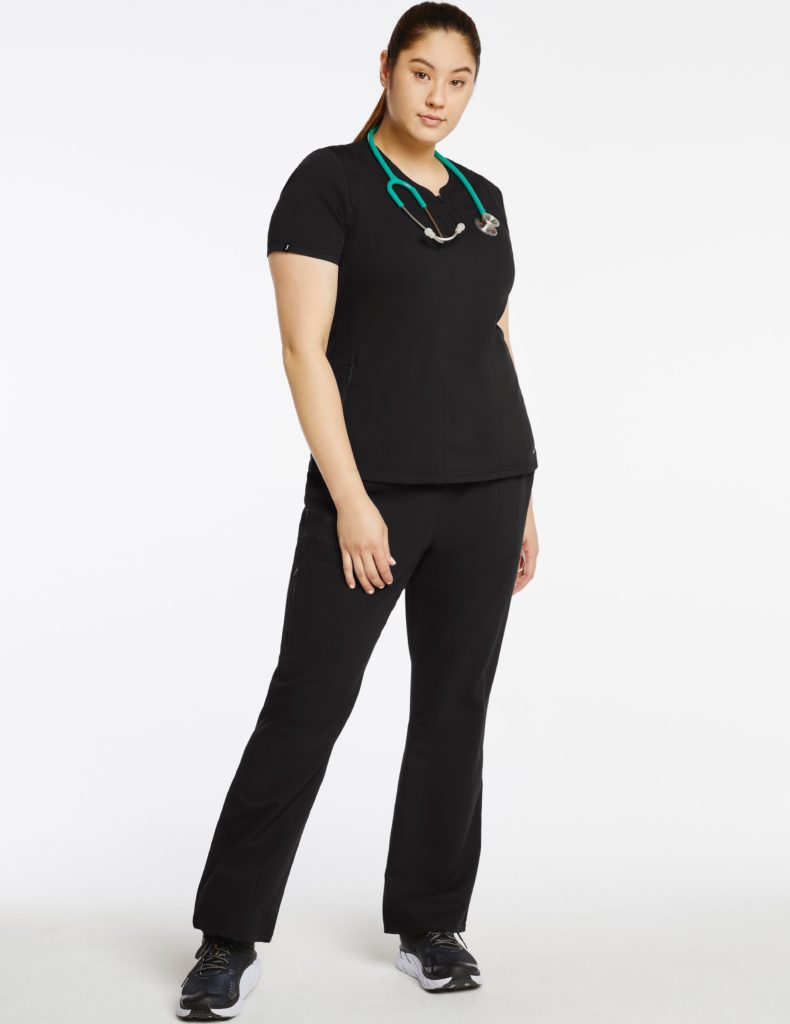
Do Nurses Use Stethoscopes?
Do nurses use stethoscopes? Of course! But if you’re thinking about going to nursing school or starting your career as a healthcare professional, you may have a few follow-up questions about this must-have item.
This article will explain what this device does, when and how it’s used, and which stethoscope is best. It’s time to learn all about one of the most important tools of your trade so that you can work more comfortably and efficiently, something we’re all about.
What are stethoscopes?
A stethoscope works as an amplifier for your body’s sounds. You can hear what’s going on when you hold the resonator (the disc at the end of the tubing) to a part of a patient’s body—the heart, lungs, intestines, or veins.
Here’s a fun fact: While contemporary stethoscopes have ear tips that wear like headphones for listening to the sounds amplified by the resonator, earlier versions were simpler barrel-shaped tools that separated the listener’s ear from the patient’s body.

What is the correct way to wear a stethoscope?
To wear a stethoscope correctly, start by situating the device on the front of your body, with the diaphragm facing you.
If you’ve ever worn earbuds for a long time, you know that they can be a pain, literally. So, position the earpieces snugly in your ear canals and move the tips gently until you’ve blocked out outside noise and don’t feel chafing. Make sure the headset fits well, too, and that it is not too loose or tight on your head.
When you use a stethoscope, hold the chest tube away from you with one hand and then place the diaphragm on the patient’s skin. Be aware of any unwanted noise you may be creating as you touch the stethoscope, and change the way you hold the device to minimize this from happening. You want to be able to hear the patient’s body as well as possible.
Why do nurses need to use a stethoscope?
Once you know how to use a stethoscope, it’s time to talk about how you’ll use it for patient care. Here are some of the most common vital sounds you’ll listen for with a nursing stethoscope:
- Heart sounds
- Bowel sounds
- Blood pressure
- Lung sounds
What makes a great stethoscope?
Remember when we said stethoscopes are like speakers for the body? Just like you think about acoustics when selecting the perfect sound system for your home theater, you should consider sound quality when choosing a good stethoscope.

There are some other key considerations as well. Some stethoscopes are made for specific medical specialties, like cardiology. Comfort, ease of cleaning and mobility are also defining features. This device will see you through many patient check-ups, so get a good one.
What are the best stethoscopes for nurses?
If you’re ready to shop but not sure where to start, check out this list of some of the internet’s most highly rated stethoscopes:
Classic
The 3M Littmann stethoscope is a go-to for many medical professionals as it boasts high-quality acoustics at an affordable price. If style’s your thing, it also comes in various colors so that you can find the perfect pairing for your favorite scrubs. If there’s a nursing student in your life, a Littmann Classic III makes a great, long-lasting gift.
Stylish
The MDF MD One is a high-fashion stethoscope available in traditional black, rose gold and marble-effect finishes. But this device isn’t just for looks. This quality stethoscope is also comfortable and lightweight.
Economical
If you’re looking to save a buck (hey, nursing school is expensive!), consider the Prestige Medical Sprague-Rappaport stethoscope. It’s reliable, economical, and comes in various vibrant colors to brighten up your shift.

FAQs about stethoscopes
Before purchasing your stethoscope, you probably have some questions, especially regarding a medical device. Here are some FAQs about nurse stethoscopes to guide you:
What can I do if I can’t hear well through my stethoscope?
One of the most common reasons you can’t hear well is the fit of the ear tips. Their design situates them toward the ear canal, but not everyone’s ears are the same shape. It could also be that the ear tips are the wrong size for your ear canal.
Another common issue is a blockage. Stethoscopes spend a lot of time bouncing around in your bag, picking up dirt, or collecting grime in the hospital. If your stethoscope is dirty, it won’t perform at its best, so take some time to keep up with maintenance by cleaning it well regularly.
Does the tubing length affect the sound quality?
Tubing length doesn’t necessarily affect sound quality, at least not to the human ear. There may be a slight reduction in sound in longer tubes, but nothing you would likely be able to detect. So, when sizing up the tubing, opt for a length that feels right.
How is stethoscope tubing measured?
The tubing measurement includes the entire length of the device, from the ear tips to the chest piece. Most stethoscopes have 22-inch or 27-inch tubing.
At Jaanuu, we believe our job is to help you do yours as comfortably as possible, and not just when it comes to scrubs. That’s why we create content that helps you live your best life as a medical professional both in and outside of the healthcare environment where you work.